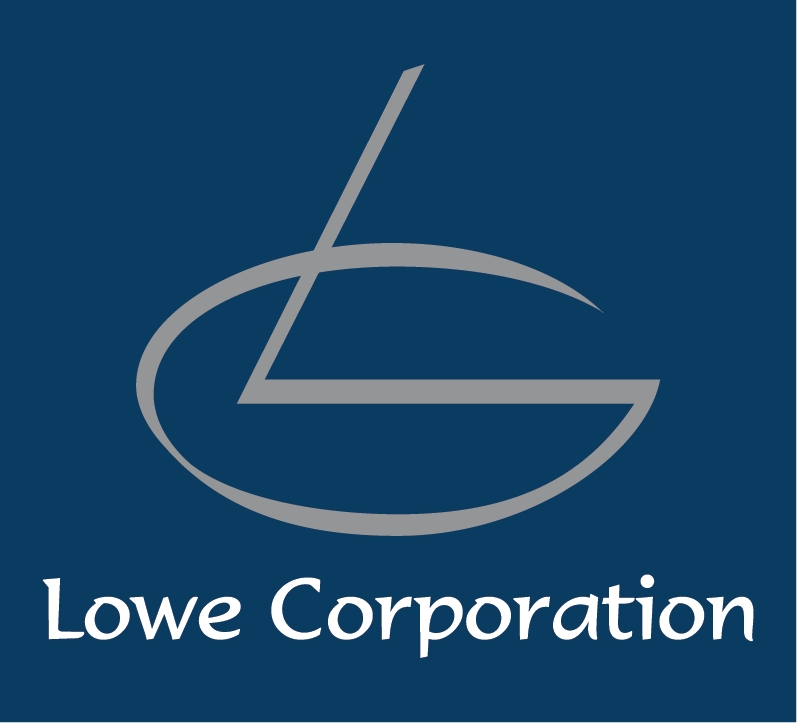CAPE SANCTUARY
Nestled on the coastline of Hawke’s Bay is a piece of paradise that is a template for successful conservation across the country.
Cape Sanctuary, which includes the famous Gannet colony, is the largest privately owned and funded wildlife restoration project in New Zealand. Situated on 2500 ha of land, it straddles the properties of Cape Kidnappers Station owned by Julian Robertson, part of Haupouri Station owned by the Hansen family and Ocean Beach Wilderness Property owned by Andy and Liz Lowe.
It was Andy and Liz Lowe’s drive and determination that made the sanctuary a reality. It was a big challenge though, turning a farming and multi-use landscape into a predator-free wildlife conservation area. To create an area where native fauna and flora would be able to flourish safely, a predator-proof fence needed to be built. Cape Kidnappers is a peninsula and thus the most logical place for the fence was 10.6km across the neck of the peninsula.
Completed in 2007, the fence has done wonders in preventing predators invading the land. An intensive pest control campaign is also run on the land, because predators can, at low tides, go around the ends of the fence. But there is no question that the fence and the programme has done wonders in eradicating pests and predators. The aim has always been to restore the peninsula to the haven of native life it once was, including land birds, sea birds, reptiles and invertebrates.
A programme to reintroduce species into the sanctuary has been very successful. It all began in 2007 when forest birds like tomtit, whitehead, rifleman and robin were brought from other parts of Hawke’s Bay to the peninsula. A year later, the first brown kiwi were released into the sanctuary and there are currently 55 there. There are only 1200 Brown teel (Pateke) remaining and for this reason, breeding pairs have been released into the sanctuary.
An important aim of the sanctuary is to also restore the breeding colonies of sea birds. In years gone by, the peninsula was home to thousands of sea birds who spent most of their time at sea but came to land to breed. It is a different story these days and it is important to reintroduce them to the ecosystem of which they played such an important role.
For the introduction of species to be successful, pest and predator eradication programmes need to be quite aggressive. Trapping is extensive with more than 1,400 traps for stoats, ferrets and weasels and 2,200 bait stations for rats and mice. Volunteers check these traps on a regular basis. A project to bring in grey-faced petrel chicks has proved successful, with 200 being relocated between 2008 and 2010. The birds will spend a lot of time at sea, but will return after three years to form new breeding colonies.
Another success has been the introduction of Cook’s petrel, while blue penguins continue to multiply. Boxes have been dug in on the coastline to create a nesting habitat. The numbers of Variable Oystercatcher have also increased and the breeding programme is considered a success.
It is these successes that make Cape Sanctuary such an important part of the campaign to get Hawke’s Bay and New Zealand predator free.
Maintaining the sanctuary is a big task and volunteers are always required. If you would like to volunteer, please phone 027 2273 543

